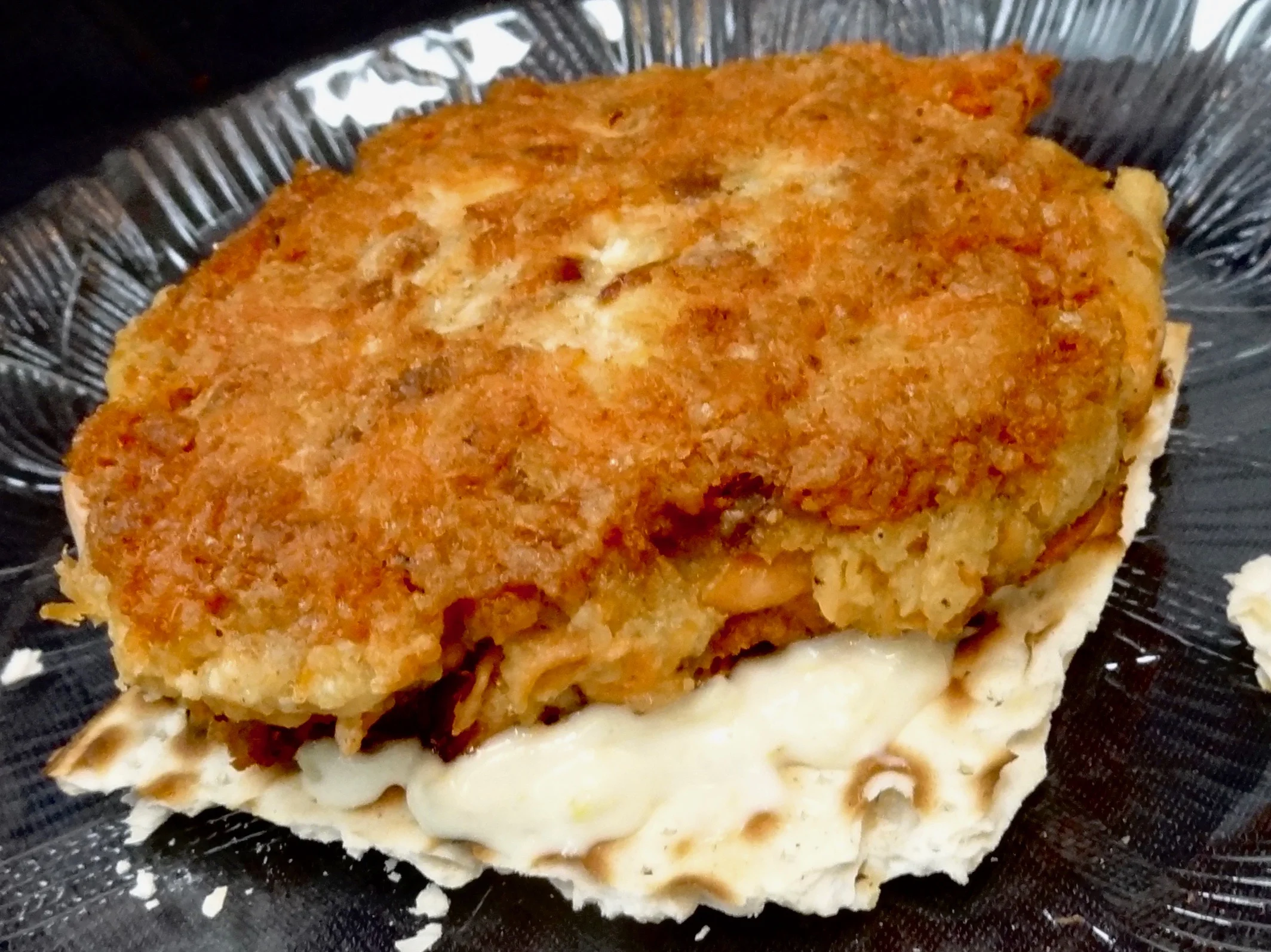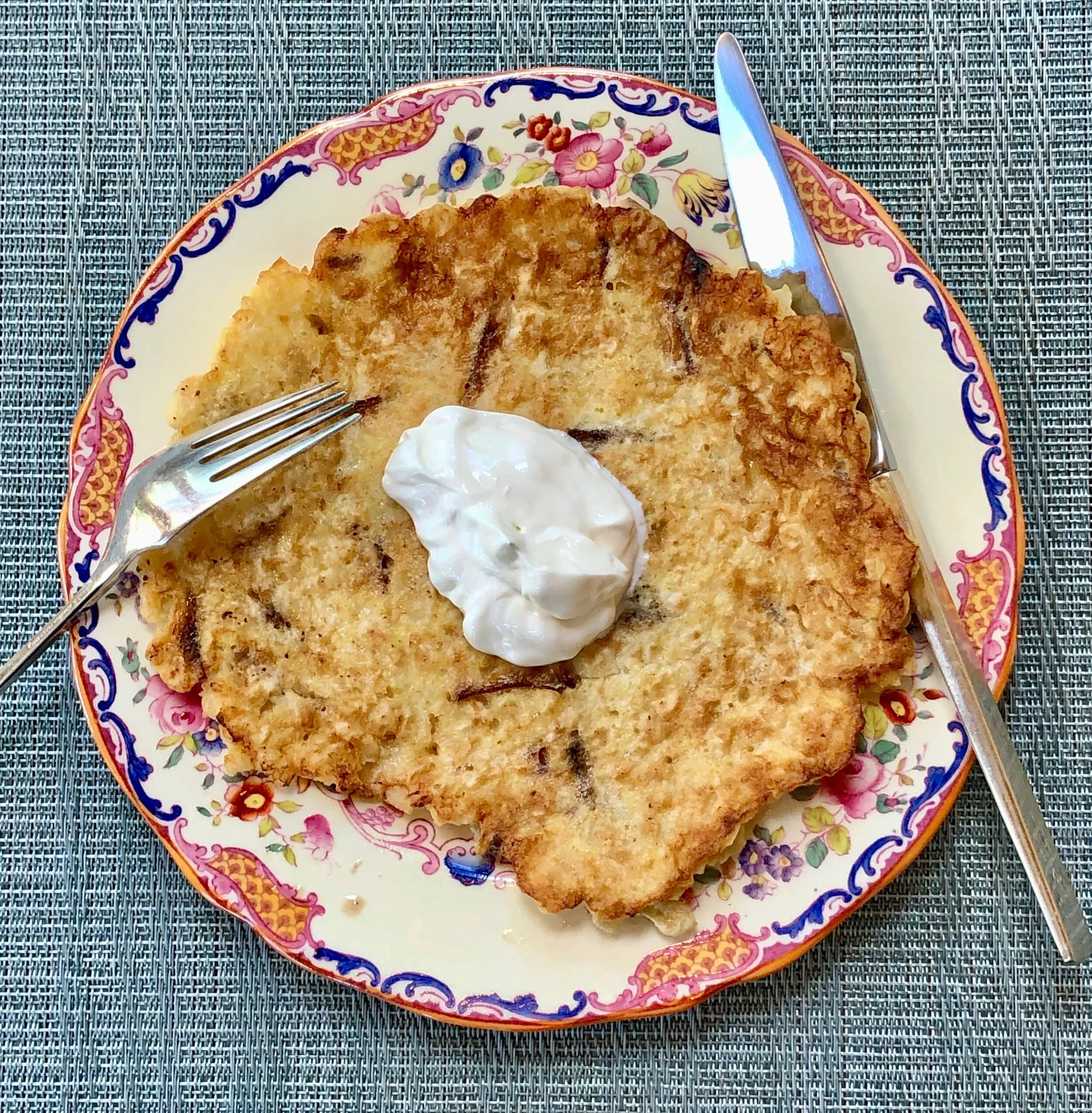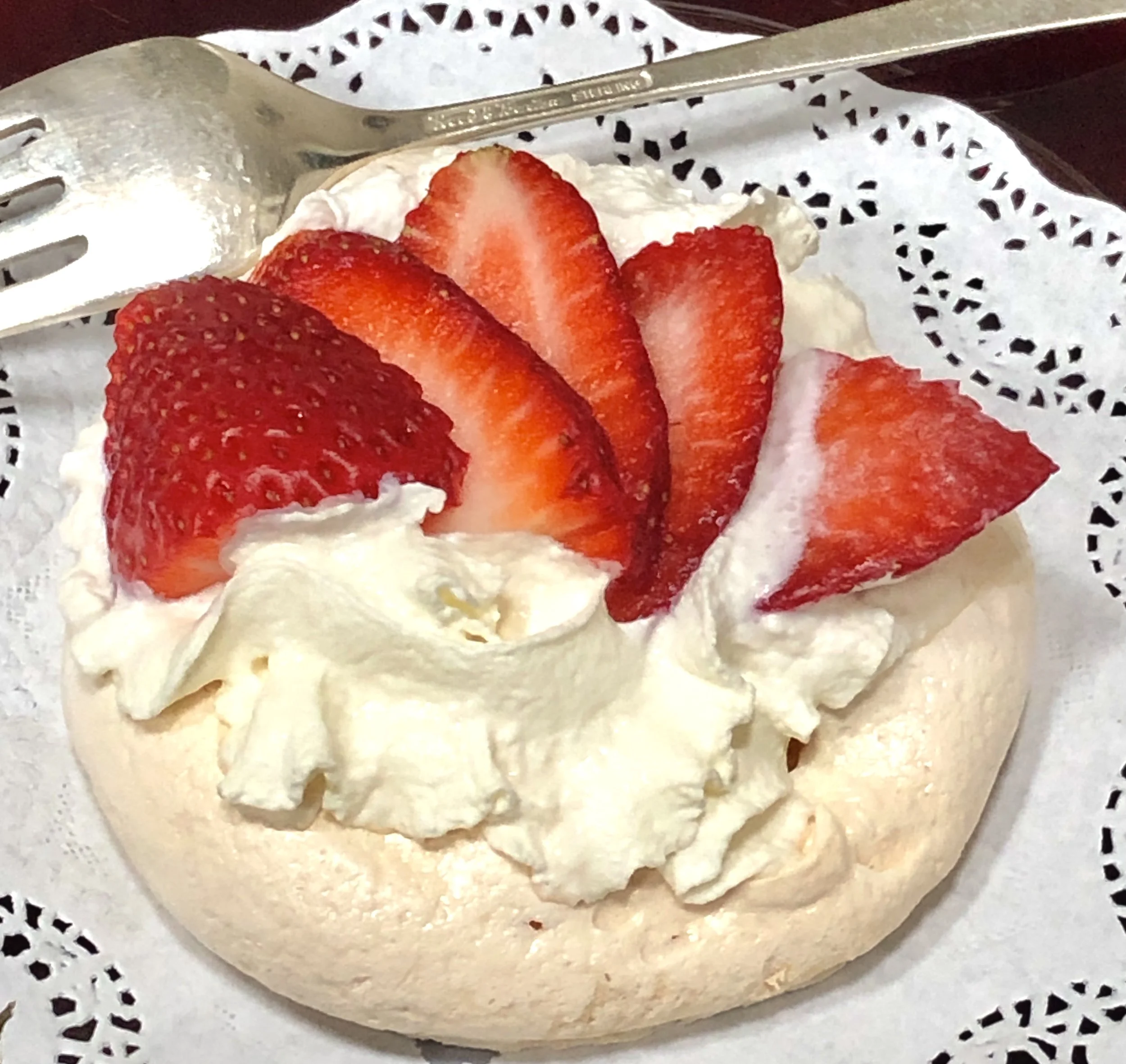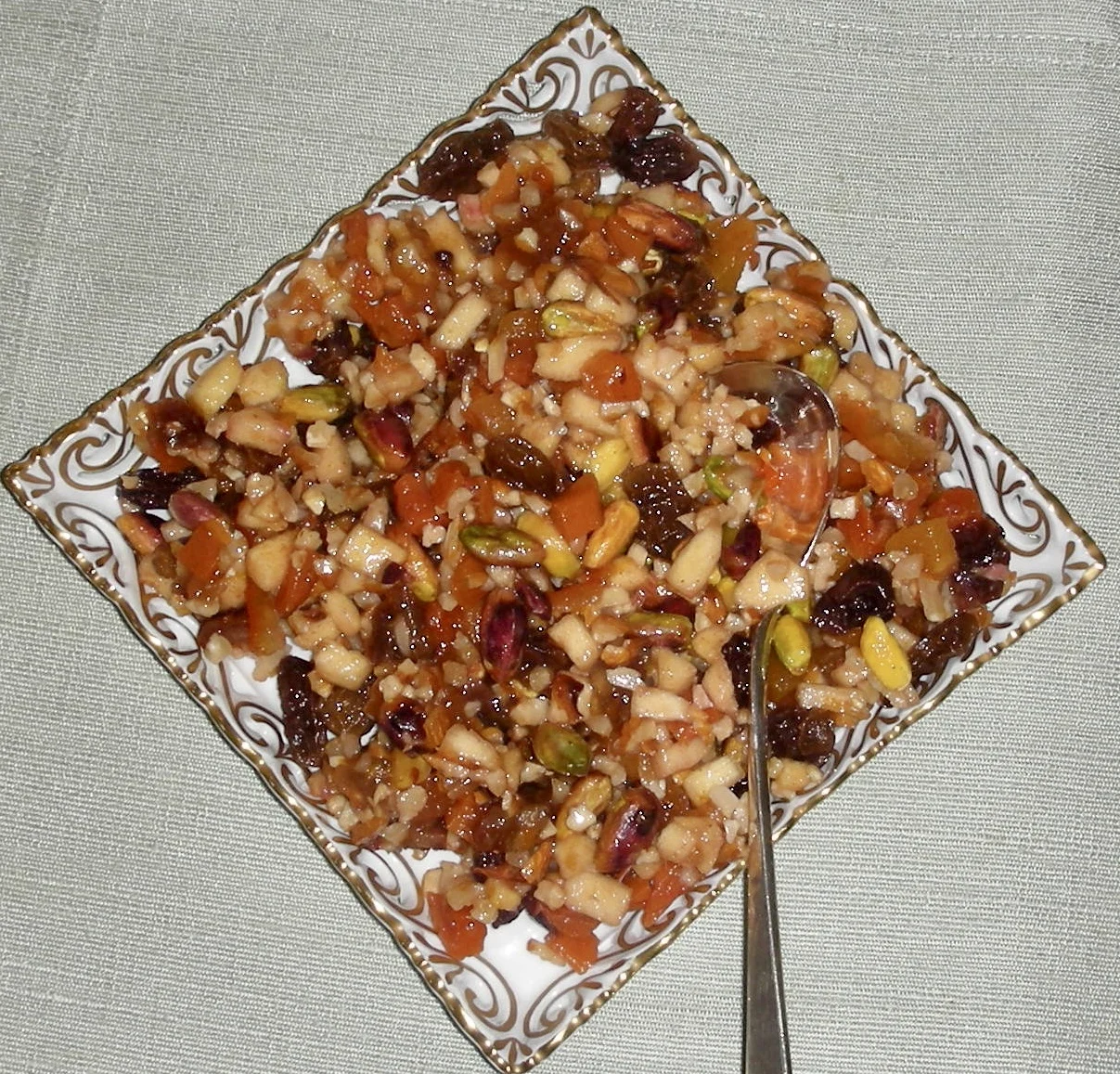Every year, at every Passover Seder, I serve a side dish called Imam Bayildi, which is basically stewed eggplant, leeks and tomatoes, though sometimes I've made it with onions instead of leeks.
Somehow the occasion wouldn't seem right without this traditional dish.
And yet, last year my kids said that maybe it was getting a little boring. One of them doesn't care for eggplant, so -- there was no Imam Bayildi this year.
But during the week I will serve a kind of "bayildi" (which means "fainted" -- because it tastes so good that the Imam who first tasted it fainted).
This new dish is colorful and chock full of vegetables. It's spring-like and refreshing, so it is perfect for Passover's sometimes heavy meals. But it's also an all-year round dish that goes with any meat, poultry or fish you might serve. Or serve it as part of a vegetarian dinner.
It also takes much less time than the original recipe.
Zucchini “BayIldi”
- 3 tablespoons olive oil
- 3 medium leeks, cleaned and sliced
- 2 large cloves garlic, chopped
- 1 large zucchini, cut into bite size pieces
- 3 large tomatoes, chopped (or 10-12 campari tomatoes)
- 3 tablespoons chopped fresh parsley
- 1 teaspoon sugar
- 1/2 teaspoon salt or to taste
- 2 tablespoons lemon juice
- 2 tablespoons water
Heat the olive oil in a saute pan over medium heat. Add the leeks and garlic and cook, stirring occasionally, for 2-3 minutes. Add the zucchini and cook for 2 minutes. Add the tomatoes, parsley, sugar, salt, lemon juice and water. Cook for 3-5 minutes, stirring frequently, or until all the vegetables are tender. Serve hot, warm or at room temperature.
Makes 6-8 servings









